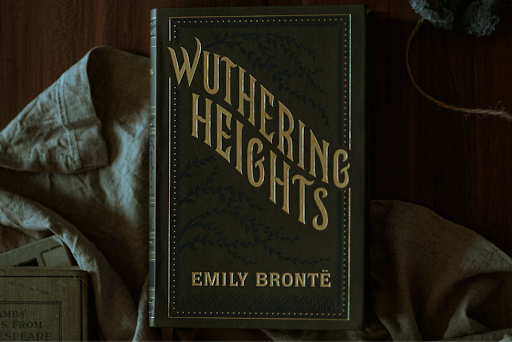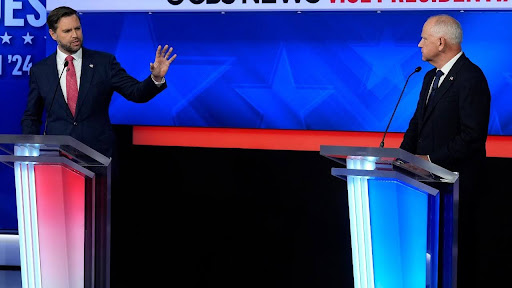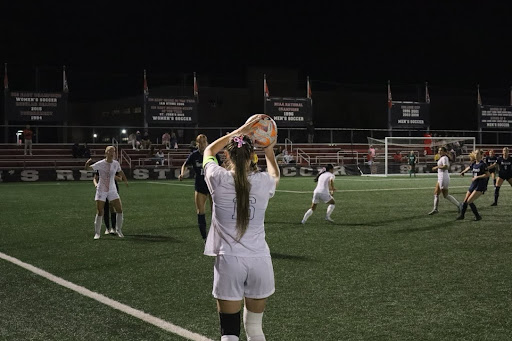In 1870, the First Vatican Council concluded. It gave the Catholic Church the definition of papal infallibility, which would provide matter for discussion for many years, even into the modern era. In the United States, the 15th Amendment passed and this forbade the government from refusing a citizen the right to vote based on “race, color, or previous condition of servitude.” In New York City, construction began on the Brooklyn Bridge and elevated train lines began to be tested. In Brooklyn, St. John’s College opened its doors for the first time, and so, 1870 appears on the current seal of our University.
St. John’s had its beginnings in the mind of Bishop John Loughlin, the first bishop of the then city of Brooklyn. At that time, Loughlin was troubled by the lack of training available to the children of immigrants. He sought to provide an education that was both worthwhile and Catholic, a school that would help the poor to get ahead both socially and spiritually along with training which would help them to contribute to their American home and to be a stepping stone for others.
He asked the priests and brothers of the Congregation of the Mission to take on this task–this mission. And so, St. John’s College, later to be University, came into being. Notice that what brought the University into being was the mission. SJU exists for the sake of the mission; it is not the mission that exists for the sake of the University.
That is an important idea. The mission of SJU defines who we are. It sets us apart, gives us a direction and provides a purpose as well as a goal. The “culture” of the University forms around this value. When institutions begin to soften their expression of their mission and their identity, they begin to forget why they came into being and what they stand for. At SJU, we do not want that to happen and we will not let it happen. This is true not because we are stubborn or closed-minded, but because we believe in what we stand for. We are willing to place the future of our institution on this line.
We all know how important going back to beginnings can be and how they point forward. We can paraphrase St. Vincent de Paul whose spirit permeates our mission:
“The [University] is not now what it was, nor yet what it will be.”
William Wordsworth can offer us a thoughtful conclusion, which stretches across our University from 1870 to today and onward:
My heart leaps up when I behold
A rainbow in the sky:
So was it when my life began;
So is it now I am a man;
So be it when I shall grow old,
Or let me die!
The Child is father of the Man







